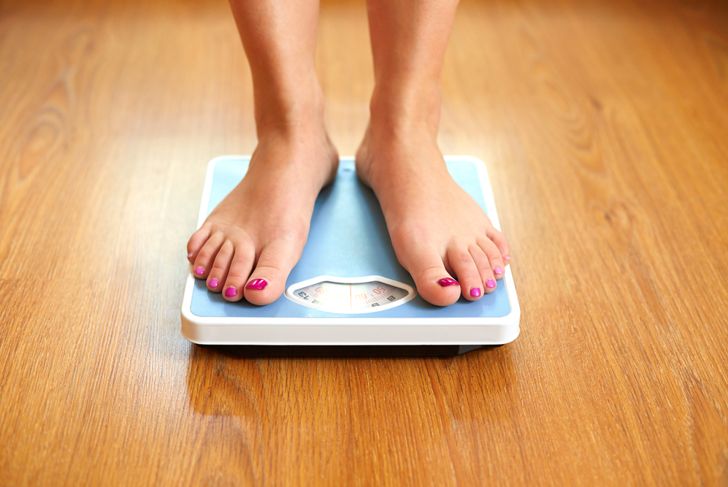Liver damage causes widespread problems in the body. The liver is a vital organ that is crucial for digestion, energy metabolism, and for processing and removing the byproducts of drugs and toxins. Liver damage occurs when the liver is injured to the point that it cannot function well enough to perform its many tasks effectively. Liver failure requires medical attention and treatment as soon as possible. Disease and long-term alcohol abuse are the most common causes of liver damage, and severe damage often develops over many years.
Swollen Abdomen
One of the more noticeable symptoms of liver damage is a swollen abdomen. Portal hypertension is a rise in blood pressure within the portal venous system network that originates in the intestine, stomach, spleen, and pancreas. The accumulation of protein-filled fluid — ascites — causes abdominal swelling. Many conditions cause ascites, but the most common cause is cirrhosis of the liver, and the swelling can affect the legs and ankles, as well.
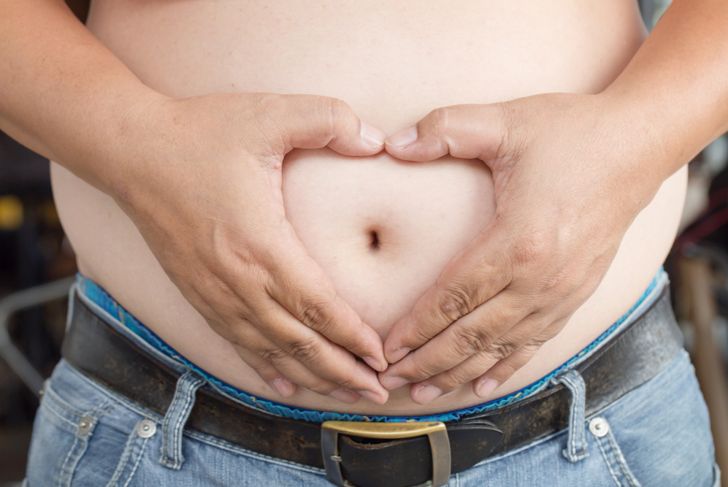
Tenderness in the Abdomen
Pressure in the abdomen is often associated with liver damage and can become tender or painful. The pain, described as throbbing or stabbing, is usually located in the rib cage on the lower right side of the abdomen and is sometimes accompanied by swelling. The discomfort can come and go and doctors may prescribe pain medication prior to diagnosing liver damage. However, some prescription medications can exacerbate liver damage.
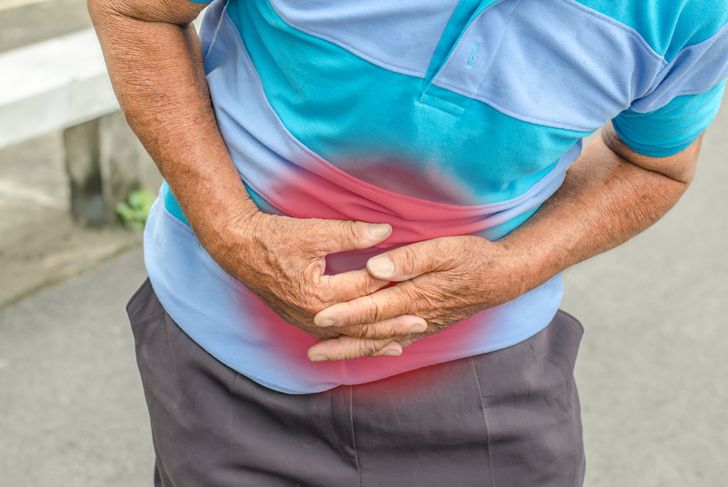
Jaundice
One of the most recognized symptoms of liver damage is a yellowing of the skin and eyes — jaundice or icterus. The discoloration develops when a bile pigment, bilirubin, builds up in the blood. Damage to the liver prevents it from expelling excess bilirubin from the body.
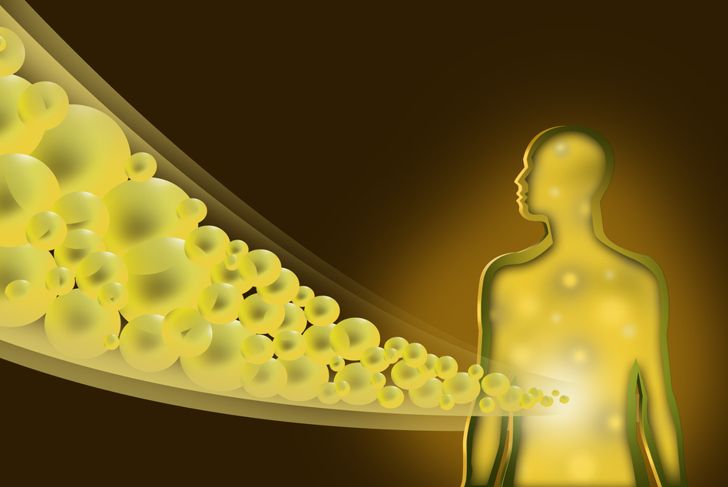
Itchy Skin
Liver damage can also cause severe itching or pruritus. Human skin dries out as we age and is sensitive to arid environments and excessive heat, rendering the skin irritated and often flaky. Symptoms and signs of pruritus may include redness, leathery or scaly patches, bumps, or cracked skin, depending upon the cause The build-up of bile products due to liver disease also causes intense itchiness. The skin may become lighter or darker in some areas, developing a spotty appearance, and veins may become visible through the skin as it loses tone and color. If itchy skin lasts more than two weeks, or if other symptoms accompany it, a doctor should be notified. Itching can begin early in the course of liver disease, even before other symptoms appear.

Changes in the Urine
Another effect of bile buildup in the body is dark yellow or brown urine. Various conditions can lead to changes in urine color, but prolonged periods of abnormal urine should prompt medical attention. A variety of conditions can cause a change in urine color, including dietary changes, medications, urinary tract infections, kidney stones, kidney disease, and even dehydration. If it persists, it’s important to find out why.
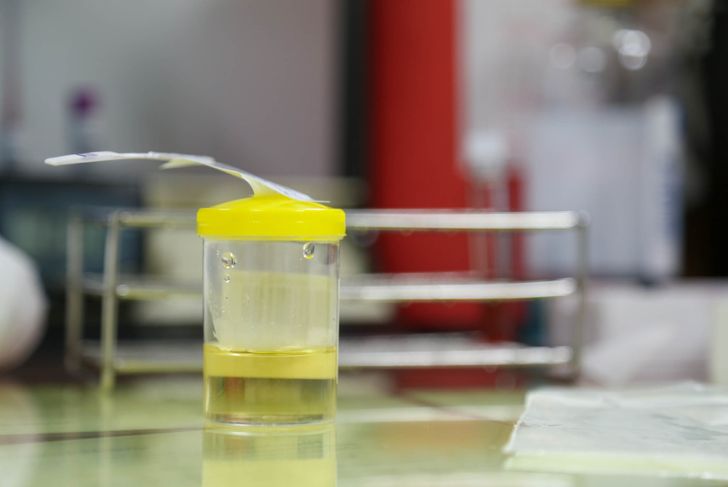
Changes in the Stool
Changes in bowel movements related to liver damage include constipation, pale stool, and other changes to stool appearances such as blood in the stool and changes in thickness. Any time bowel movement changes cannot be traced to a short-term digestive issue or persist for more than a few days, it is best to see a doctor.

Loss of Appetite
Due to the havoc that liver damage can wreak on the digestive symptom, a loss of appetite is a common symptom. When this symptom develops in people with other symptoms of liver damage, it can indicate the condition is progressing toward liver failure. As such, medical attention is vital.

Nausea
Nausea and vomiting are difficult symptoms for diagnosis, as that they can indicate many health issues from the stomach flu to food poisoning, to liver damage. A range of digestive issues combined with other symptoms of liver damage, however, should encourage an individual to see a doctor. When the liver is extensively damaged, it can no longer rid the body of toxins, which can result in nausea.

Water Retention
Liver damage can also cause circulatory problems, usually resulting in fluid build-up in the legs, feet, and ankles. This can cause water retention and severe pain and swelling that can make walking difficult. People with liver damage may also experience puffiness in the eyelids, hands, and fingers. Lymphedema, swelling created by blocked lymphatic vessels leading to fluid in tissues, is another common symptom, though it is not exclusive to liver damage.
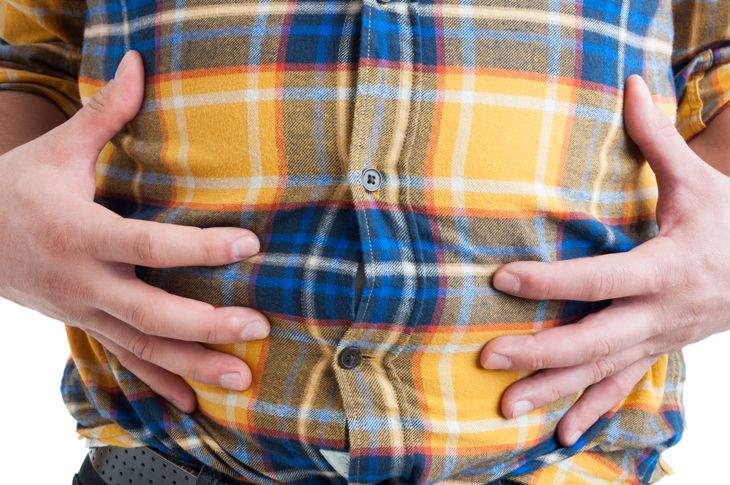
Weight Loss or Gain
Unexplained and unintentional weight loss is a tell-tale sign of illness. In the case of liver damage, symptoms such as lack of appetite can contribute to unexpected decreases in weight. Liver damage can also lead to weight gain, however. As the liver becomes more damaged and liver function starts to fail, fluid may build up in the abdominal cavity, a condition known as ascites. Fluid can also build up in the lower legs and ankles. This fluid retention can lead to fluid weight gain.
